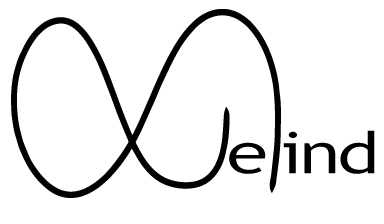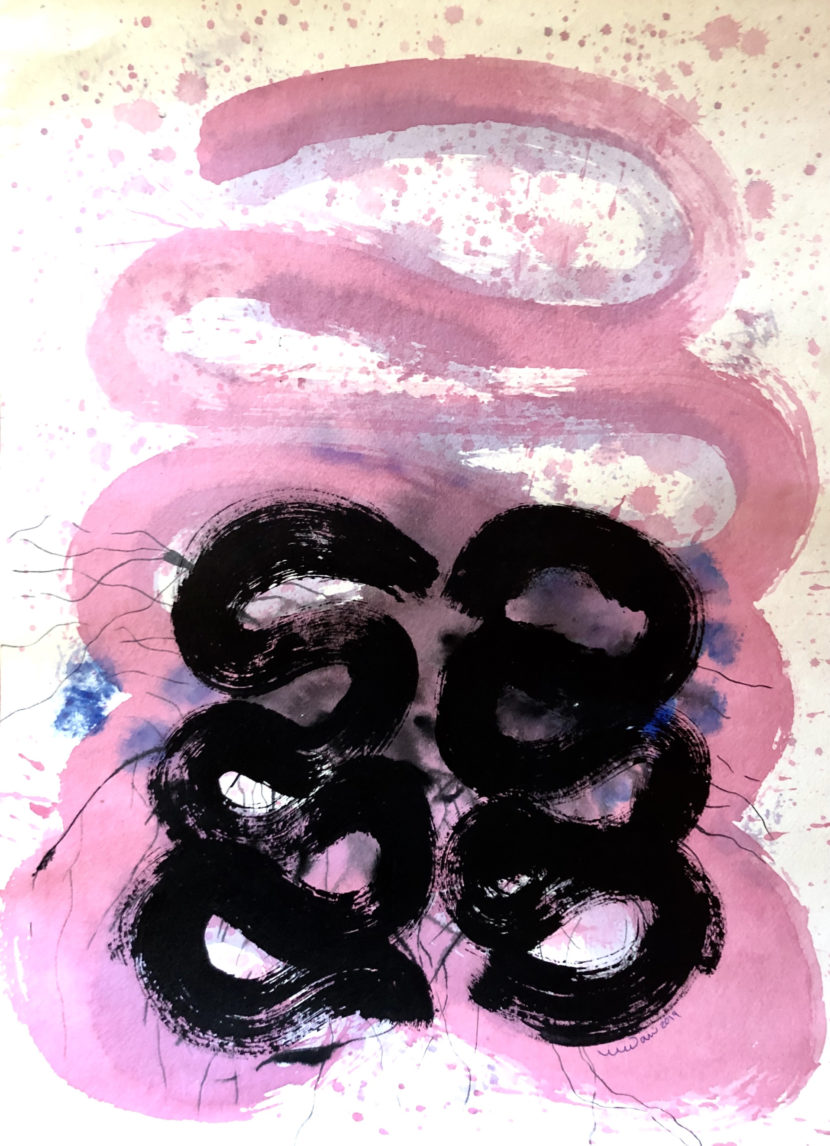To accomplish the various functions it performs, the brain is made up of specialized areas that connect to each other and work together. Sometimes these areas are very small spots where neurons cluster forming what is called a nucleus. Sometimes, the arrangement of the brain cells shows up as extravagant shapes usually referred to as structures. And sometimes neurons and other cells spread in a layered organization defining a bigger brain area. The location of these areas, structures and nuclei outlines the map of the brain anatomy. Among its landmarks there are the cortex, the cerebellum, the hippocampus, the ventral tegmental area, the amygdala, the locus coerouleus, the substantia nigra, the raphe nucleus, the striatum and the accumbens. These intriguing names, often indecipherable and hard to pronounce, loose their mysterious air once we understand that their Greek or Latin meaning roots honor the shape, color or texture of the structure, nucleus or brain area they name.
From bottom to top the structural organization of the brain seems to reflect its mental organization with the nuclei, structures and areas in charge of the basic functions like breathing or heart rate regulation localized in the most bottom region of the brain, and the ones playing a major role in the most sophisticated functions like imaging, planning or thinking situated in the upper-top.
Protected within a nutshell of cranial bones, the brain is composed of three main parts i.e. the cerebrum, the cerebellum and the brainstem. The cerebrum is the largest part of the brain and lies on top of the brainstem. The cerebellum is found on the lower back of the brain opposed to the brainstem. The brainstem is the part which connect the cerebrum with the spinal cord. The latter runs inside the vertebral bones column as if it were a thin extension of the brainstem leaving the brain. The spinal cord relies the messages between the brain and the rest of the body. Together the brain and the spinal cord make up the central nervous system (CNS). Outside the CNS all the neuronal fibers that innervate the body compose the peripheral nervous system (PNS). The PNS comprises two divisions: the sympathetic and the parasympathetic, both of these divisions having “opposite” actions where one system activates a physiological response and the other inhibits it. The entering and exiting of the PNS nerves to and from the spinal cord through the intersections of the vertebral column look like the spines of a fish backbone.
The cerebrum looks like a walnut. The two halves of the walnut, known as the right and left hemispheres, are connected by an arched bridge of white fibers called the corpus callosum, which in Latin means thick-skinned body. Contrasting with these underlaying white fibers, the outermost part of the cerebral hemispheres is made of grey matter layers intricately folded to provide a greater surface area in the confined volume of the skull. The area covered by these layers is called the cerebral cortex which in Latin means bark. The grey color of the cortex is due to the enormous number of neuronal cell bodies populating its layers.
Buried under the cortex, surrounding the corpus callosum, is found the limbic system. Limbic comes from the Latin limbus meaning edge or border. In Spanish, there is an expression “to be in the limbus” used to refer to someone who looks as if they are in a dream world while awake, just at the edge of here and there! The limbic system is a way to name a collection of nuclei and structures that envelope the top of the brainstem delimiting the border between the cortical and the subcortical areas of the cerebrum. This system contains anatomically interconnected structures and is functionally associated with emotions and memory. The hippocampus and the amygdala are two of the main structures of the limbic system.
The hippocampus owns its name to its resemblance to a seahorse. In Greek hippos means “horse” and kampos “sea monster”. Even today in French the word used for seahorse is hippocampe. There are two hippocampi, one in each cerebral hemisphere and they play a major role in memory. Alzheimer disease and other conditions where the memories are lost, are linked to damage in the hippocampus.
Adjacent to each hippocampi there is an almond-shaped group of nuclei named after the Greek word for almond, the amygdalae. The function of the amygdala is associated with the processing of emotions and motivations, particularly the most important for survival, such as fear.
Lying over and to the sides of the limbic system are the basal ganglia. The basal ganglia are a group of subcortical nuclei involved in processing information related with the control of the voluntary movements of the body. The largest structure of the basal ganglia is the striatum. The striatum, striated in Latin, is easily recognizable even to the naked eye for its stripped white and grey matter organization that gives it a coral-like appearance.
Lying down in the ventral part of the striatum there is a nucleus with a shell and core sections. It is the nucleus accumbens whose term derives from the Latin verb accumbo meaning “to lie down” or “rest on”. Like a shell that contains a pearl as reward, the activation of the nucleus accumbens is the main mechanism that the brain uses to provide a reward to pleasurable experiences.
Below the cerebrum on the top of the brainstem there is another major player of the brain reward system, the ventral tegmental area (VTA). This area refers to the front (ventral) part of the tegmentum (“covering” in Latin) which encircles the cerebrospinal fluid-filled cerebral aqueduct.
Near the VTA a pair of dark color nuclei stand out down at the midline of the brainstem like a black- and a blue- berry. They are the substantia nigra and the locus coeruleus literally meaning in Latin “the black substance” and the “blue spot”. The neurons of these nuclei contain great number of melanin pigment granules, even greater in the substantia nigra than the locus coeruleus, contributing to their black and blue color respectively. While the substantia nigra is part of the basal ganglia and is an important player in motor brain function, the locus coeruleus belongs to another set of brain nuclei known together as the reticular formation and is activated by stress mediating many of its sympathetic effects.
Also contributing to the reticular formation are the raphe nuclei. The raphe nuclei from the Greek “ῥαφή, “to seam” are distributed along the center of the middle portion of the brainstem like a ridge of neurons that form a seam between the two symmetrical sides of the brainstem. The raphe nuclei regulate the circadian rhythm and their neurons are highly active during wakefulness, less active during sleep and almost completely inactive during REM sleep.
Opposite the brainstem, an anatomically separated structure appears attached to the bottom of the brain. It is the cerebellum which in Latin means small cerebrum. Indeed, the gross anatomy of the cerebellum consists of a tightly folded layer of cortex, with white matter underneath and a fluid-filled ventricle at the base, just as a small cerebrum. The cerebellum is essential to the coordination, precision and timing of movements. Because of the tree-like appearance in the cross-section of the highly branched cerebellar white matter, it is sometimes called the arbor vitae, the Latin for tree of life.
Using the names of the major brain nuclei, structures and areas to trace a map of the brain anatomy might help to locate those same structures. After all, the map is not the territory!


